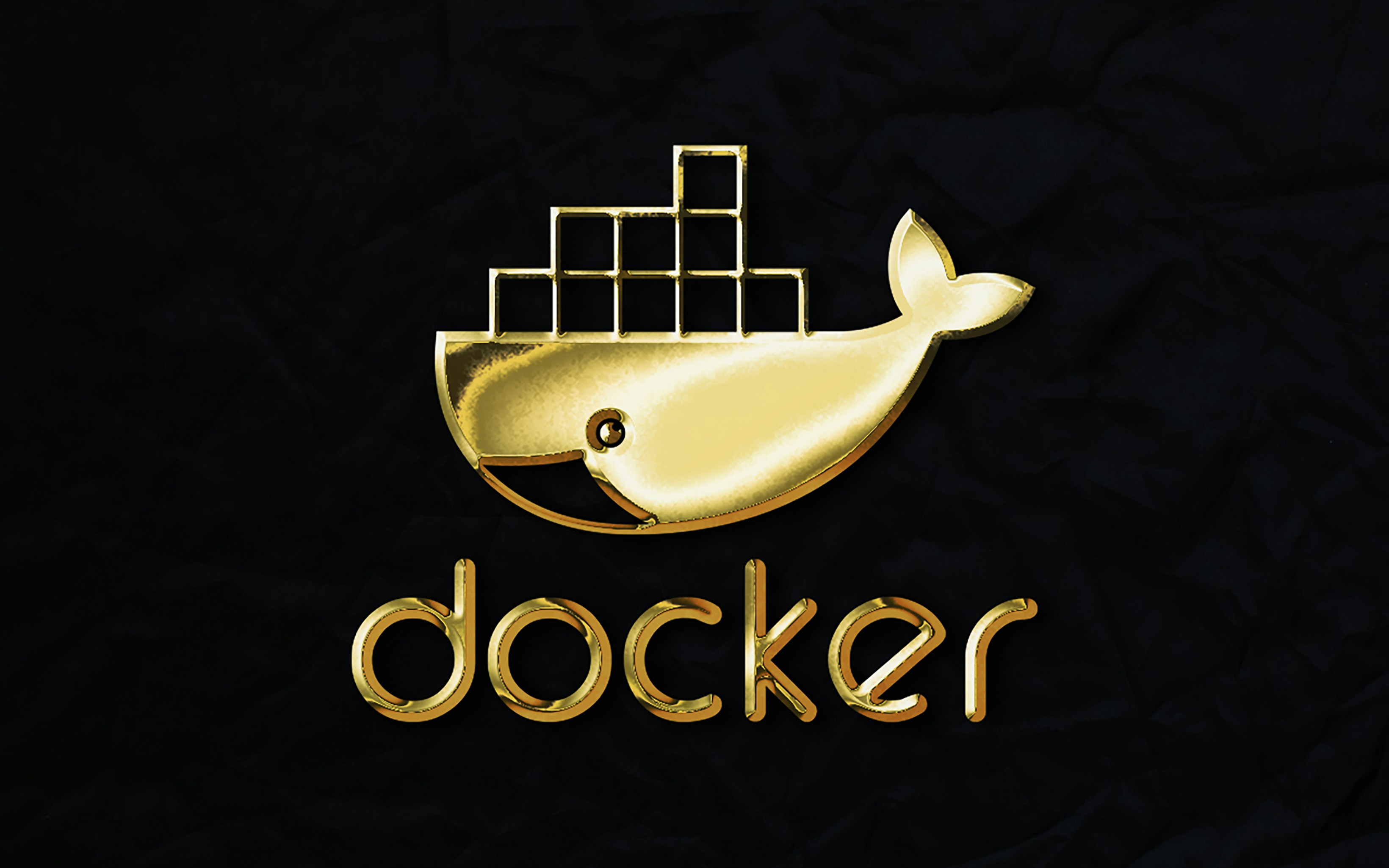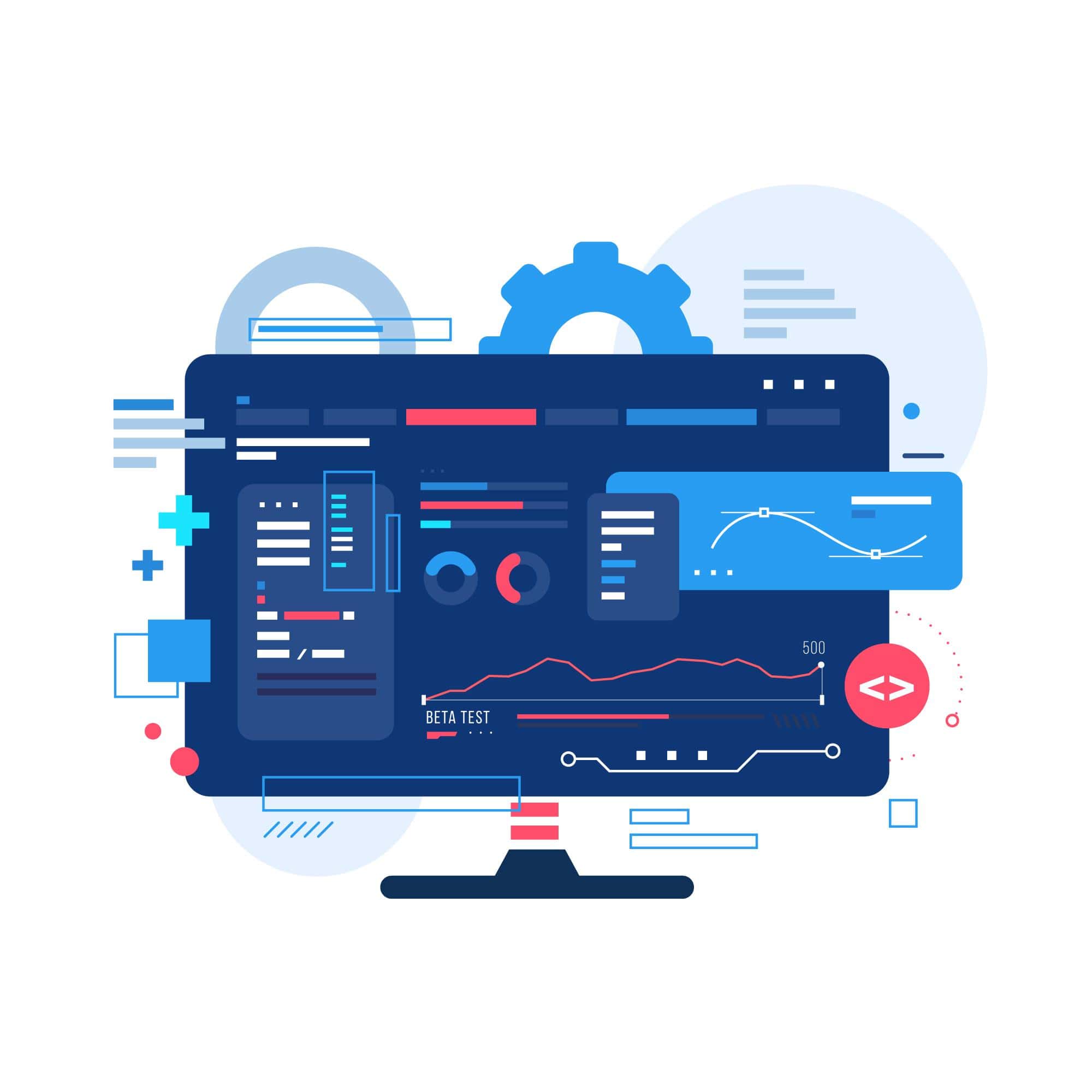
Introducing Docker for Developers
In the evolution of software development, Docker has become an important tool for developers to easily build, test and deploy applications. Whether you're an experienced developer or just starting out, understanding Docker is essential to optimizing workflows and maintaining consistency across multiple environments. This blog is an introduction to Docker for developers exploring the concepts, features and comparisons to traditional virtualization.
What is Docker?
Docker is an open platform that allows developers to automatically publish applications into simple and portable containers. These containers collect everything your application needs (such as libraries, system tools, and code) to easily run on different computing environments. By doing this, Docker eliminates the old "this works on my machine" problem and ensures consistency from development to production.
What is Docker for Developers?
Docker has many advantages for developers. It simplifies the development process by allowing applications to run in isolated environments. This means you can test new features or updates without affecting the main environment or other projects. Additionally, Docker allows developers to quickly change the types of services their applications require—such as databases or web servers—with minimal configuration.
One of the biggest advantages is Docker's ability to create compatible development environments on different platforms. Whether you're working with Windows, macOS, or Linux, a Docker container will ensure that your application runs on all systems. Changes and errors related to environmental variations are eliminated, ultimately saving time and reducing frustration.
Docker and Virtual Machines
Before Docker, virtual machines (VMs) were the first application-specific technology. However, there are significant differences between the two. In the battle between Docker and virtual machines, Docker takes the lead because of its power and simplicity.
Virtual machines contain a complete operating system and your application, which can take up a lot of resources. In contrast, Docker containers share the host machine's core and are smaller and faster to launch than virtual machines. The virtual machine takes a few minutes to boot, and the Docker container starts in seconds. Additionally, Docker containers are more scalable. Because virtual machines use fewer system resources, you can run multiple containers on a single machine at scale, scaling and responding to your demand.
Key Features of Docker
To fully understand Docker, it's important to understand the key components that drive the platform. These components include Docker images, containers, Dockerfiles, and Docker Hub.
Docker Image
A Docker image is a simple, self-contained, manageable container that contains everything your application needs to run, such as code, libraries, and dependencies. These images are blueprints for creating a Docker container. Think of an image as the design for the container. It defines what should be in the container after initialization.
Dockerfile Tutorial
A Dockerfile is a simple text file that contains a series of instructions for building a Docker image. It automates the process of creating images and makes it easy to publish and share with teams. Below is a simple Dockerfile tutorial to get you started:
# Use the Python runtime as the base image
FROM python:3.8-slim
# Set the working directory inside the container
WORKDIR /app
# Copy the contents of the current directory into the container at /app
COPY . /app
# Install any required packages specified in requirements.txt
RUN pip install --no-cache-dir -r requirements.txt
# Make port 80 available to the world outside this container
EXPOSE 80
# Set the environment variable
ENV NAME World
# Run app.py when the container launches
CMD ["python", "app.py"]
In this example, we use Python as the base image and define instructions to install dependencies, expose ports, and run the application. Once the Dockerfile is ready, you can create an image using the following command:
docker build -t my-python-app .
This creates an image that you can use to spin up the container, making the development process smoother and more automated.
Docker Hub
Docker Hub is a cloud-based repository where Docker users can store and share container images. Developers can upload their own images to Docker Hub and pull images created by others. This is a great resource for finding pre-configured images for popular applications such as databases (MySQL, MongoDB), web servers (Nginx, Apache), and even full development environments.
For example, if you need a MySQL database for your application, you can get the official MySQL image from Docker Hub using the following command:
docker pull mysql
Docker Hub makes it easy to find and reuse existing images, saving you time setting up your development environment.
Docker in the Development Workflow
Docker plays an important role in the modern development workflow. This helps with collaboration, especially in teams where members use different operating systems. Using Docker, developers can share images and containers to ensure that everyone on the team is working in the same environment. This balance reduces "works on my machine" problems in large projects.
Docker also integrates well with continuous integration (CI) pipelines. Tools like Jenkins, Travis CI, and CircleCI can use Docker to test code in isolated environments, ensuring that each test run has a clean and consistent configuration.
Docker vs Virtual Machines: Which One Should You Use?
Although Docker and virtual machines are both used, Docker is ideal for developers looking for lightweight, fast, and scalable environments. If you want to run multiple independent applications on the same machine with minimal overhead, Docker is the best solution. However, virtual machines still have use cases that require complete isolation at the operating system level, especially when running legacy applications.
Conclusion
Docker is changing the way developers build, test, and deploy applications. From simplifying the development process to ensuring consistency across environments, Docker offers many benefits to improve productivity and reduce headaches. If you want to improve your workflow, Docker is a great tool for modern software development.


